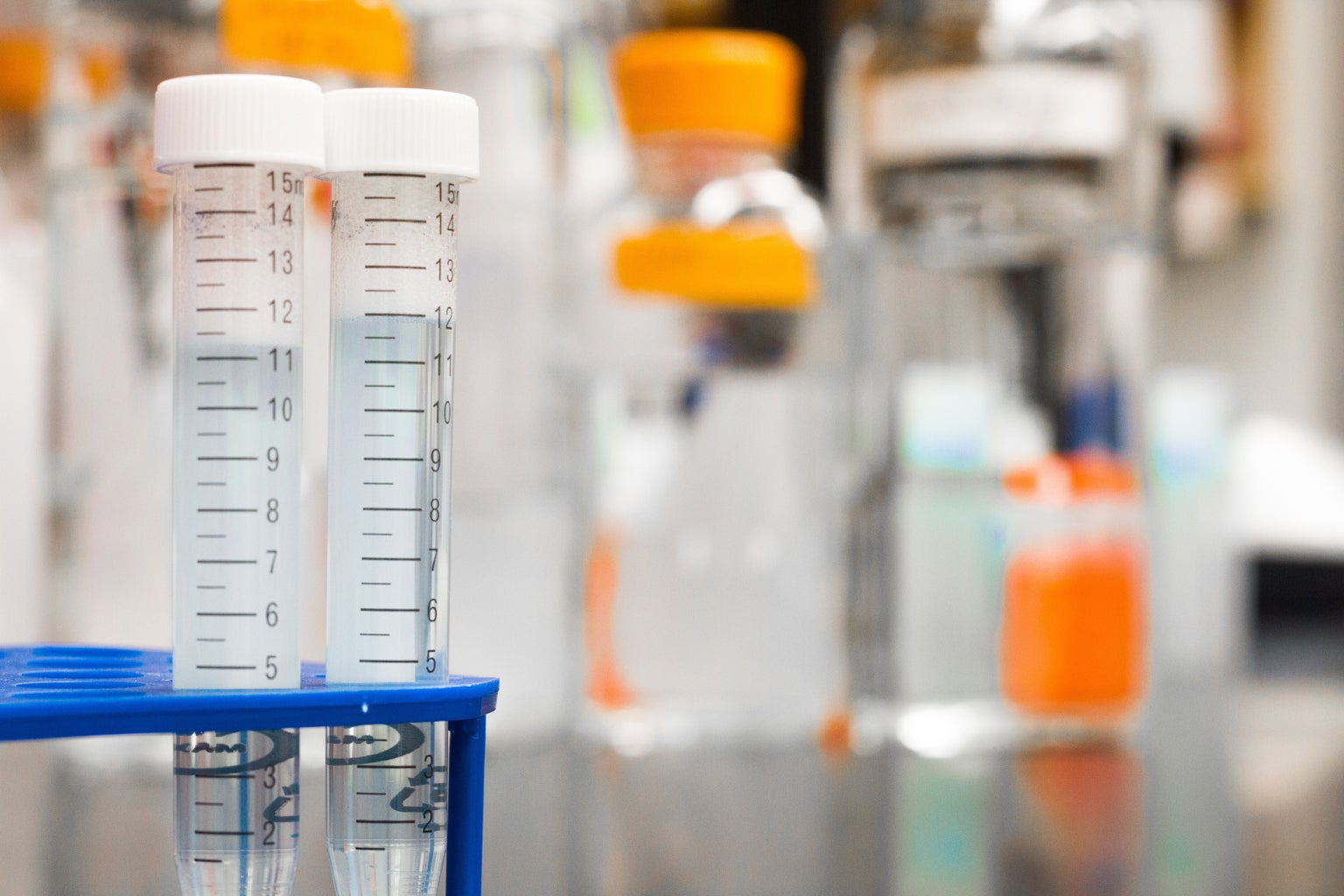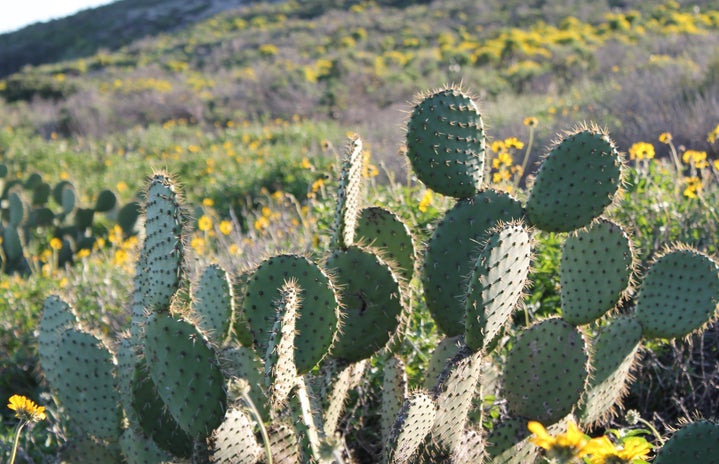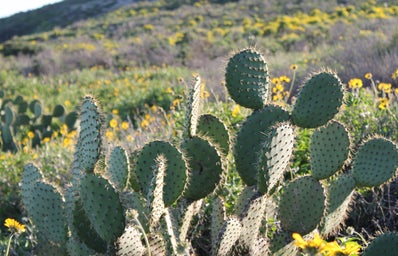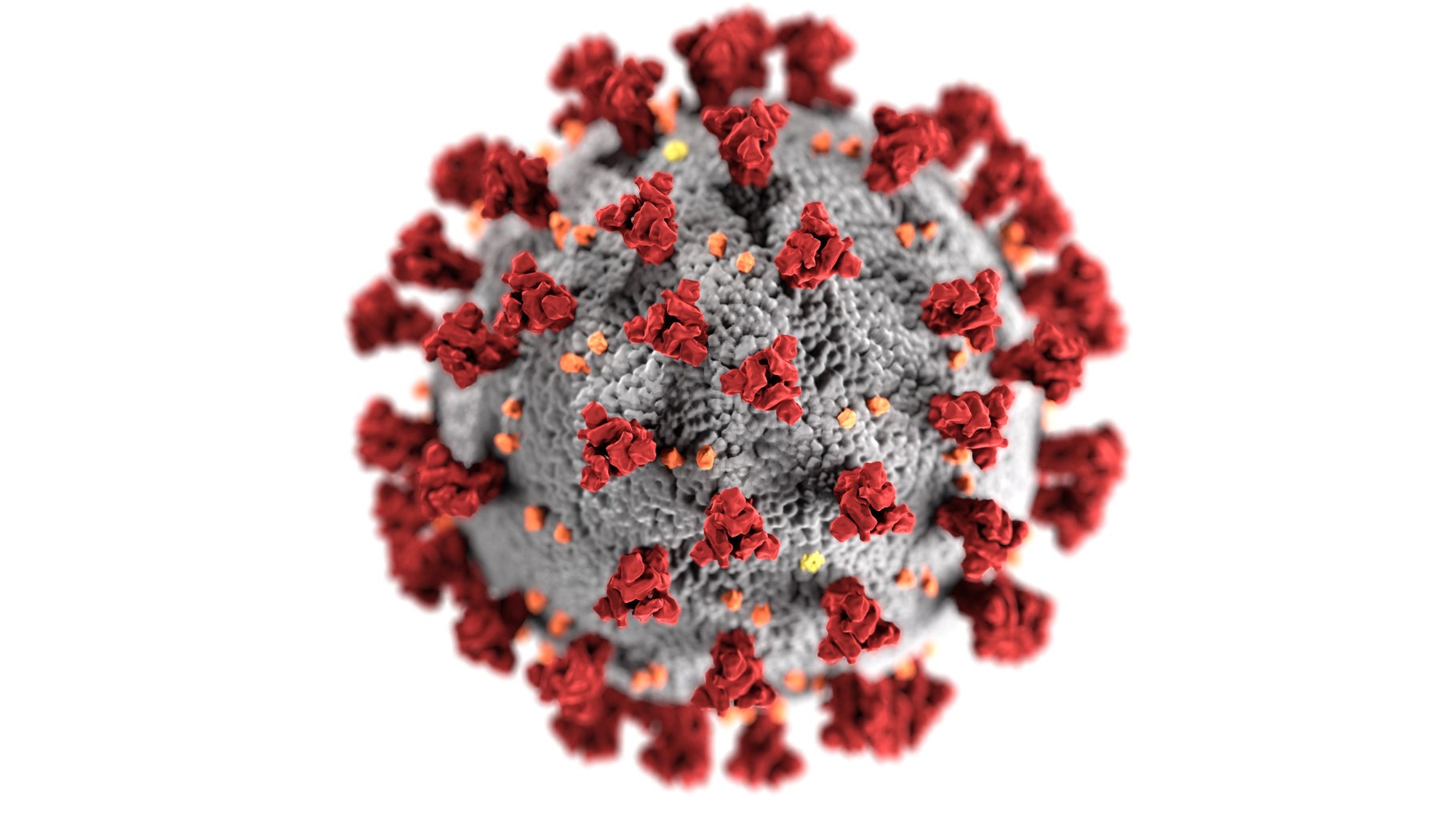Undoubtedly, everyone has been impacted by COVID-19. Whether it be getting laid off at work, losing a loved one, or having a less than ideal year, the circumstances of the pandemic has put everyone in a challenging position in one way or another. However, members of the Navajo Nation, like many other minority communities, have been hit particularly hard. The government, nonprofit organizations, and individuals have stepped up to help these communities, but is the support enough?
The Centers for Disease Control released a report in December of 2020 stating that mortality rates for COVID-19 amongst Native Americans is 1.8 times higher than the mortality rates amongst white people. Similarly, a subdivision of the U.S. Department of Health and Human Services, called the Indian Health Services, reported that there have been 190,181 positive cases from almost 2 million tested across the 12 Indian Health Services (IHS) areas. The Navajo IHS area which is located near the four corners of Colorado, Utah, Arizona, and New Mexico has reported 31,395 positive cases from 238,571 tests administered as of April 4, 2021. These numbers, in part, can be explained by the fact that members of the Navajo Nation are at high risk for developing preexisting health conditions such as diabetes and obesity, which have been proven to sometimes cause severe COVID-19 symptoms.
People quickly realized that in order to minimize the negative effects of COVID-19 as much as possible, Native American groups were going to need to receive some assistance. For the Navajo reservation located in the four corners region, they relied heavily on the nearby towns of Gallup, New Mexico; Farmington, New Mexico; and Flagstaff, Arizona for basic goods.
Jarvis Begay, a member of the Navajo Nation, lives in Colorado Springs, Colorado, but during the pandemic has traveled to his home on the reservation twice a month to deliver supplies to his mother and aunt. He would stop by nearby, border towns and pick up supplies such as paper towels, toilet paper, and hand sanitizer. Similar to how people living in urban areas were running out of these goods, so were people on the reservation.
In addition to individual help, state governments and nonprofit organizations have stepped up to help. The Indian Health Service operates to provide medical care for those who are members of federally recognized Native American tribes. The Indian Health Service received a budget of $3 billion to respond to the pandemic and provide resources to tribes across the United States. Using this budget, they worked in conjunction with the Navajo Department of Health in order to set up sites for COVID-19 testing and vaccine distribution on the Navajo reservation. On December 14, 2020, the first shipment of Pfizer vaccines arrived. About a week later, on December 22, the first shipment of Moderna vaccines arrived on the reservation. Since the arrival of the vaccines, 218,192 doses have been administered and 88,513 people are fully vaccinated.

Due to the network of support the reservation received, the Navajo Nation has seen a 47% decrease in the death toll and an overall decline in positive COVID-19 cases. Although the statistics make it seem as though conditions are improving, members of the Navajo Nation are still advocating for further action to be taken.
There are only a few sites for all COVID-19 needs that supply people living on a piece of land that is about as large as the state of West Virginia. The problem is finding transportation to get to these designated sites. A quick Google search will illustrate how poor the road conditions are on the reservation. They are mostly dirt roads that become unbearable to drive on following rain or a snowstorm. Good Samaritans with vehicles are offering “safe rides” for the elderly to transport them to the sites. However, some people have been too scared to leave their homes to be tested or receive medical care. This is partly because of the transportation issues, but it is also because they do not want to unintentionally expose themselves to the virus by going to the sites.
Another common concern amongst members is the infrastructure on the reservation.
“The tribe doesn’t have the infrastructure to supply over a quarter of a million people,” Jarvis Begay explains.
He continues by describing how, since the pandemic began, more electric lines have been installed throughout the reservation and several homes have been built, but it isn’t enough. This is why, on February 26, President Nez of the Navajo Nation met with the governor of Utah to discuss infrastructure projects which will include road improvements, access to electricity, and building quality. The goal for those living in and outside of the reservation is to not only lower the death toll and put a vaccine in everyone’s arm on the reservation, but to find ways to best support the Navajo Nation and keep them healthy.




